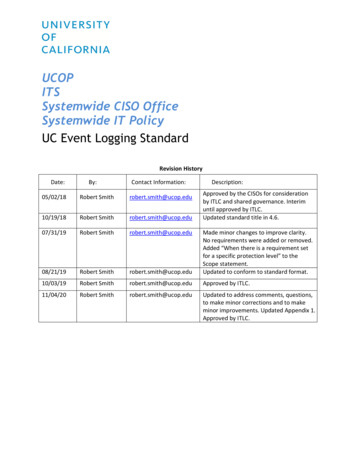
Transcription
UCOPITSSystemwide CISO OfficeSystemwide IT PolicyUC Event Logging StandardRevision HistoryDate:By:Contact Information:Description:Approved by the CISOs for considerationby ITLC and shared governance. Interimuntil approved by ITLC.Updated standard title in 4.6.05/02/18Robert Smithrobert.smith@ucop.edu10/19/18Robert Smithrobert.smith@ucop.edu07/31/19Robert Smithrobert.smith@ucop.edu08/21/19Robert Smithrobert.smith@ucop.eduMade minor changes to improve clarity.No requirements were added or removed.Added “When there is a requirement setfor a specific protection level” to theScope statement.Updated to conform to standard format.10/03/19Robert Smithrobert.smith@ucop.eduApproved by ITLC.11/04/20Robert Smithrobert.smith@ucop.eduUpdated to address comments, questions,to make minor corrections and to makeminor improvements. Updated Appendix 1.Approved by ITLC.
IT Security Committee Item: SC-0008Standard: UC Event LoggingContents1Background and Purpose . 32Scope . 32.1 Scope exclusions . 33Definitions and Key Terms. 34Requirements . 44.1 Plan and inventory . 44.2 Log details . 44.3 Event sources . 54.4 Segregated log storage and tamper protection . 54.5 Time synchronization. 54.6 Timestamp format . 64.7 Log management framework . 64.8 Handling sensitive information in logs . 64.9 Requiring the use of a SIEM . 74.10 Logging privileged user actions . 74.11 Limiting administrator access to logs . 74.12 Log retention . 75References . 76Appendix A – Logged Events Examples . 9Last Updated: 11/04/2020Page 2 of 11Editor: Robert Smith
IT Security Committee Item: SC-00081Standard: UC Event LoggingBackground and PurposeLogging and log monitoring are essential information security controls used to identify,prevent and respond to operational problems, security incidents, policy violations andfraudulent activity. Logging facilitates the optimization of system and applicationperformance and assists in business recovery activities. In many cases, logging and theassociated monitoring are required in order to comply with federal, state and local lawsand regulations.Logging also provides system administrators, supervisors and compliance officers withinformation useful for diagnostics and auditing.This Standard details the requirements for event logging to support information securityand also addresses some operational needs to support availability.The IT Policy Glossary can be helpful when applying this Standard. The term “ITResources” is defined with examples in the glossary. IT Resource processing, storing,managing or transmitting Institutional Information are import sources of events.2ScopeThis Standard applies to all Locations.This Standard applies to all IT Resources used by anyone conducting business by, for oron behalf of the University of California for administrative and academic purposeswhen: 2.1The IT Resource is processing, storing, managing or transmitting InstitutionalInformation classified at Protection Level 3 or above, not including single userdevices.The IT Resource is classified at Availability Level 3 or above.Complying with contracts or grants that set forth security and/or operationalconcerns addressed by logging.Complying with regulatory requirements.Complying with event logging requirements set by specific Protection Levels,Availability Levels or risk assessments.The UISL, CISO or CIO identifies a specific need to collect logs for security oroperational concerns.Scope exclusionsUnless included above, the following devices are beyond the scope of this Standard: 3Personal or non-UC devices not managed by UC.Research computing; academic experiments; or student projects not involvingInstitutional Information classified at Protection Level 3 or higher.IT Resources excluded by the CISO and CIO.Single user devices.Definitions and Key TermsThere are no specially defined terms required for using this Standard.For more information about definitions, consult the IT Policy Glossary.Last Updated: 11/04/2020Page 3 of 11Editor: Robert Smith
IT Security Committee Item: SC-00084Standard: UC Event LoggingRequirementsThe CISO and CIO identify security and operational concerns to establish event loggingrequirements. (See Scope above.)Unit Information Security Leads (UISLs) and IT Workforce Members must ensure theimplementation of the requirements detailed in this section.4.1Plan and inventoryUISLs must establish a logging plan. The plan must include: A method to inventory systems that are required to log events for informationsecurity purposes.Steps to manage cyber risk by assessing risk levels and resources for logging.Security and operational log monitoring to identify security and operationalevents requiring action.The level of security logging detail to identify events requiring action.The level of operational logging detail to identify events requiring action.Log storage (local and/or centralized).Log access controls.Centralized logging from IT Resources, including Service Providers and Suppliers.Log forwarding to applicable Service Providers and Suppliers.Time synchronization.A testing plan and interval.Gaps and mitigations.Log retention and schedule.Log management: log erasing, purging and trimming. Units processing, storing or transmitting Institutional Information classified at ProtectionLevel 3 or higher must submit and review their plan with the CISO at least annually.4.2Log detailsWhen managing cyber risk within their areas of responsibility, Centralized IT Units,Service Providers, Units and IT Resource Proprietors or other designated individualshave some flexibility in determining the type and amount of detail contained in the logsof IT Resources and systems in order to achieve the desired outcome. The followingrequirements, however, do apply: For privacy, confidentiality and integrity concerns, the amount and type ofinformation logged should be commensurate with the Protection Level of theInstitutional Information and/or IT Resource (e.g., systems that processInstitutional Information classified at Protection Level 3 or 4 will appropriatelycapture more log detail than those that process less sensitive data).For availability concerns, the amount and type of information logged shouldbe commensurate with the Availability Level of the Institutional Informationand IT Resource (e.g., event logs for IT Resources classified at Availability Level3 or 4 will appropriately capture more log detail than those of IT Resourcesprocessing less sensitive information).Note: See Appendix A for examples.Last Updated: 11/04/2020Page 4 of 11Editor: Robert Smith
IT Security Committee Item: SC-00084.3Standard: UC Event LoggingEvent sourcesIT Workforce Members must include event sources that are needed to manage cybersecurity risk in the Unit’s logging implementation. Event sources include, but are notlimited to: Access control systems/physical security.Application appliances.Cloud services (e.g., IaaS, SaaS, and PaaS).Computer controlled instruments.Databases.End points.Industrial control systems.Internet of Things devices (IoT).Medical devices.Network devices.Printers, scanners and multifunction devices.Security and other network-attached appliances.Security devices or systems.Server/OS.Systems (Applications).Note: For HIPAA and requirements like those found in the PCI DSS (credit cards), Gramm–Leach–Bliley Act (GLBA) (impacts student loans and other financial transactions) and theNIST 800-171 standard (supporting financial aid and some research contracts), applicationlogs will also need to identify who accesses and who changes records.4.4Segregated log storage and tamper protectionA copy of log data must be stored on a separate logical device that is protected fromunauthorized modification with at least the same control set as the source IT Resource.This is required for all: IT Resources handling Institutional Information classified at Protection Level 3or higher. IT Resources handling Institutional Information classified at Availability Level 3or higher. Critical IT Infrastructure.Logging facilities and log information must be protected against tampering, modification,destruction and unauthorized access.4.5Time synchronizationEach Location must establish methods for time synchronization of logging andmonitoring activities using Network Time Protocol (NTP), Precision Time Protocol (PTP)or following the Location-approved time synchronization method.The clocks of IT Resources within a Unit or security domain must be synchronized to astandard reference time source.Note: Refer to Section 5 References for details on time synchronization.Last Updated: 11/04/2020Page 5 of 11Editor: Robert Smith
IT Security Committee Item: SC-00084.6Standard: UC Event LoggingTimestamp formatTimestamps must not be truncated or abbreviated in any way and must: 4.7Follow the Location-approved time recording method or use a time zoneoffset that corresponds to local time.Be formatted in accordance with ISO 8601:2004 and RFC 3339.Log management frameworkFor Institutional Information classified at Protection Level 3 or higher, event loggingmust use CISO-approved logging tools and framework(s).Note: Example frameworks and tools include, but are not limited to: 4.8Arcsight.CLF/ELF for web servers.Elastic.IBM QRadar.log4j and log4net (applications). SNMP (Network).Splunk.syslog/syslog-ng/rsyslog.Windows event log.Handling sensitive information in logsLog management procedures require appropriate handling of sensitive information. ITWorkforce Members must apply these controls to: Logs containing Institutional Information classified at Protection Level 3 orhigher must require the same security controls, including encryption, as theInstitutional Information they contain. Logs must be available only on a need-to-know basis and they must followLocation access procedures.1 All transmissions of logs must use secure protocols and reliable mechanisms.Workforce Members must obtain approval for erasing, purging or trimming event logsthrough the change management process.IT Workforce Members must not log the following information: Social Security Numbers (SSN). Unencrypted personal information (e.g., personal account numbers, financialaccount numbers, credit card numbers, etc.). Clear text authentication credentials (e.g., passphrases, passwords, secretquestions).1See also the Electronic Communications icCommunications, for important informationneeded to plan the administration, technical and operational implementation of logging andaccess to log information.Last Updated: 11/04/2020Page 6 of 11Editor: Robert Smith
IT Security Committee Item: SC-00084.9Standard: UC Event LoggingRequiring the use of a SIEMAs required and scoped by the CISO, Units must configure IT Resources processing, storing ortransmitting Institutional Information classified at Protection Level 3 or higher to send log datato a Security Incident and Event Management system (SIEM).4.10 Logging privileged user actionsFor Institutional Information classified at Protection Level 3 or higher and IT Resources classifiedat Availability Level 3 or higher, actions performed by privileged user accounts in performanceof their duties must be logged and reviewed by a peer (e.g., other admin, InfoSec professional,etc.) based on risk in order to determine the appropriateness of the actions performed.4.11 Limiting administrator access to logsWhen possible, IT Workforce Members acting as system administrators on IT Resourcesclassified at Protection Level 3 or higher and Availability Level 3 or higher must not havepermission to erase, deactivate or modify logs of their own activities.4.12 Log retentionIT Workforce Members must retain logs based on: UC Records Retention Schedule requirements set by the InstitutionalInformation Proprietor. Contractual obligations. Litigation holds, preservation orders. Applicable regulatory requirements. Other retention requirements prescribed.5ReferencesUC PolicyIS-3, III Section 12.4 - Logging and monitoringElectronic Communications icCommunicationsIS-3 Policy and Standards Implementation -asked-questions.htmlUC StandardsUC Institutional Information and IT Resource Classification StandardExternal ResourcesISO 27002 Section 12.4 “Logging and monitoring”ISO 27002 Section 13.1.1.d “Logging and monitoring should be applied to enablerecording and detection of actions that may affect, or are relevant to, informationsecurity”Appendix A Glossary - Guide to Computer Security Log Management, NIST SP nistspecialpublication800-92.pdfLast Updated: 11/04/2020Page 7 of 11Editor: Robert Smith
IT Security Committee Item: SC-0008Standard: UC Event LoggingComparison of NTP and PTP: ison.pdfGuide to Computer Security Log Management, NIST SP nistspecialpublication800-92.pdfIEEE 1588-2019 - Standard for a Precision Clock Synchronization Protocol for NetworkedMeasurement and Control: OWASP Logging Cheat Sheet: https://www.owasp.org/index.php/Logging Cheat SheetRFC 5424 The Syslog Protocol: https://tools.ietf.org/html/rfc5424Deprecated: The BSD syslog Protocol: https://tools.ietf.org/html/rfc3164Last Updated: 11/04/2020Page 8 of 11Editor: Robert Smith
IT Security Committee Item: SC-00086Standard: UC Event LoggingAppendix A – Logged Events ExamplesIT Resource logging configurations (e.g., which entries and data fields are sent to thecentralized log servers and what log format should be used) must be established tomanage operational and security risks.A Workforce Member’s ability to configure each log source is dependent on the featuresoffered by that particular type of log source. For example, some log sources offer verygranular configuration options, while some offer no granularity at all—logging is simplyenabled or disabled, with no control over what is logged.When planning which details to log, UISLs, CIOs and CISOs should consider: The classification of Institutional Information and/or the IT Resource(s).The Location’s past experiences of IT Resource vulnerability, exploitationand/or misuse.The extent of system interconnectedness.The primary purpose of logging for the IT Resource (e.g., operational, security,or both).The effects on system performance.The costs of logging and reviewing log data vs. security and operational risks.Logged events might include, but are not limited to: Access and access attempts to root administrator or other privilegedcredentials.Access to audit logs.Active Directory object name changes.Account activity which can include, but is not limited to, success and/orfailure of:o Creation/deletion.o Activation/enablement.o De-activation/disablement.o Authentication (Log-on/log-off success/failed).o Lockouts.o Unlocks.o Password changes.o Privilege assignments.Account login with explicit credentials.o Activation and deactivation of protection systems (e.g., anti-virus,intrusion detection, encryption and file integrity systems).o Alarms raised by IT Resources (e.g., console alerts or messages, systemlog exceptions, network management alarms, alarms raised by accesscontrol systems).Application/service error, hang, stop, start, and restart.Boot events.Changes to IT Resource(s) or system configuration.Cron events.Event log change or purge.Firewall and security tool rule changes (add, delete, modify, suspend, etc.).Last Updated: 11/04/2020Page 9 of 11Editor: Robert Smith
IT Security Committee Item: SC-0008 Standard: UC Event LoggingGroup changes (create, property change, delete, and membership change),including privileged group modifications.Group or other system policy failed to load.Kerberos events, which can include, but are not limited to:o Kerberos authentication ticket (ticket granting ticket - TGT) wasrequested.o Kerberos authentication ticket request failures.o Kerberos authentication ticket requests.o Kerberos events.o Kerberos failure codes.o Kerberos pre-authentication failures.o Kerberos service ticket requests.Password change (by privileged user).Password change (by user).Privileged account events.Proxy events.Remote desktop sessions (connect, reconnect, and disconnect).Screensaver events.Security tool detection events.Sensitive search terms2 (like medical record number, uncommon or flaggednames, etc.).Session timeouts.System or application audit or logging policy change.Termination of database related processes.Workstation lock/unlock events.For each logged security event, including the ones above, the following must berecorded, as appropriate: Application, program or utility used.Data accessed, including identity or name of affected data, informationsystem or network resource. Date and time, and when applicable time zone or offset. Origination of event (e.g., user ID, system account, network address, etc.). Protocol. Success or failure indication. Target of event (e.g., network address, host name, application, service, port,etc.). Type of event, event ID.Open source workstation logging baseline projects (review required before use): 2Microsoft Windows security baselines:Most common in UC Health.Last Updated: 11/04/2020Page 10 of 11Editor: Robert Smith
IT Security Committee Item: SC-0008Standard: UC Event o SwiftOnSecurity/sysmon-config:o n-storm/sysmon-config, based on SwiftOnSecurity:o https://github.com/ion-storm/sysmon-configo Note: The list above provides examples and is not exhaustive. Operating systems,applications, run-time environments (or run-time containers), ICS/SCADA, IoT devices,medical devices, software-as-a-service, security tools and devices vary in their loggingcapabilities and event detail. IT Workforce Members should use best practice guides andtools from SIEM vendors and other sources to tune what is logged locally and what isforwarded to centralized tools. This is important for detection, response and recoveryfrom adverse incidents. This approach is necessary for both security and operationalevents.Last Updated: 11/04/2020Page 11 of 11Editor: Robert Smith
syslog/syslog-ng/rsyslog. Windows event log. 4.8 Handling sensitive information in logs Log management procedures require appropriate handling of sensitive information. IT Workforce Members must apply these controls to: Logs containing Institutional Information classified at Protection Level 3 or

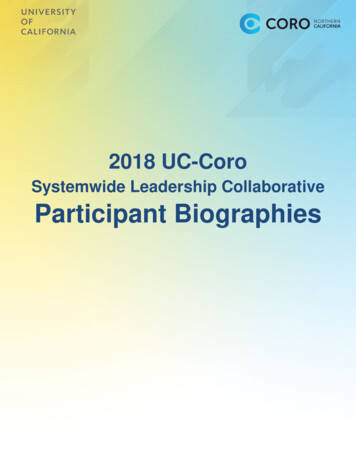
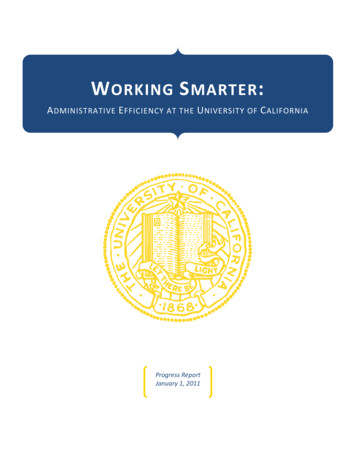
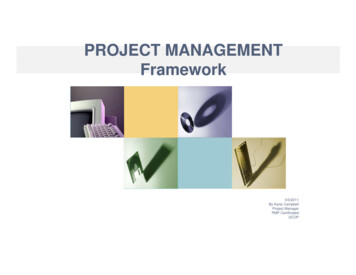
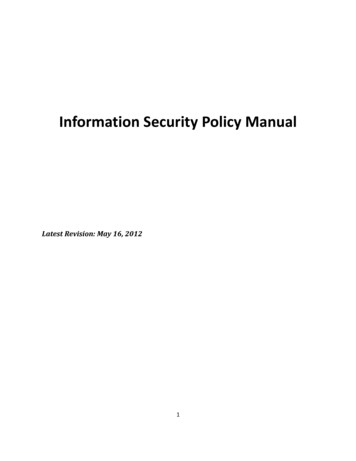

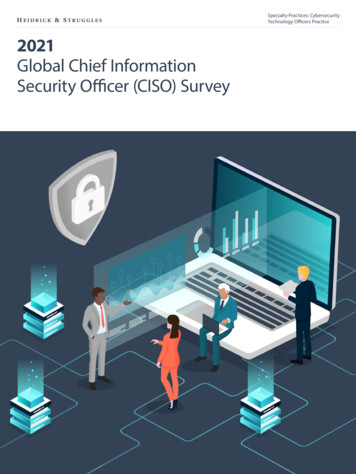
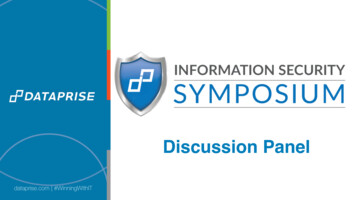
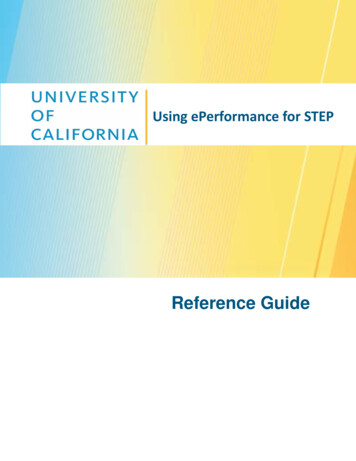

![Office 2010 Professional Plus Com Ativador Serial Keyl [EXCLUSIVE]](/img/61/office-2010-professional-plus-com-ativador-serial-keyl-exclusive.jpg)